You buy Only Earth for the first time and we plant a tree on your behalf.
We are committed to planting 100,000 Mangrove trees in the span of five years. Mangroves plants are highly productive and it is estimated that the average annual carbon sequestration rate of mangrove ecosystems averages between 6 and 8 Mg CO2 e/ha (tons of CO2 equivalent per hectare).
Featured animals
On all of our Only Earth packaging you will find one of our 6 endangered species – the orangutan, tiger, one-horned rhino, red panda, polar bear, and snow leopard. We think all animals are important, but or packages shine a spotlight on these wonderful animals as without our help one day they might be extinct, and we will do what we can to stop that from happening.
The animals you see on our Only Earth packs are interesting creatures that deserve a spotlight! If you click the boxes below you can find out more about each of them, and why they are so important.
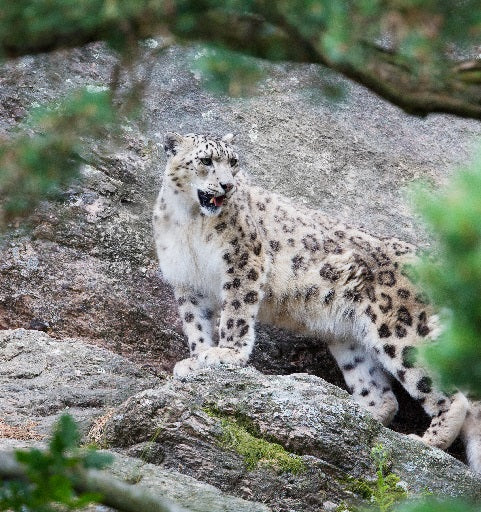
Snow Leopard

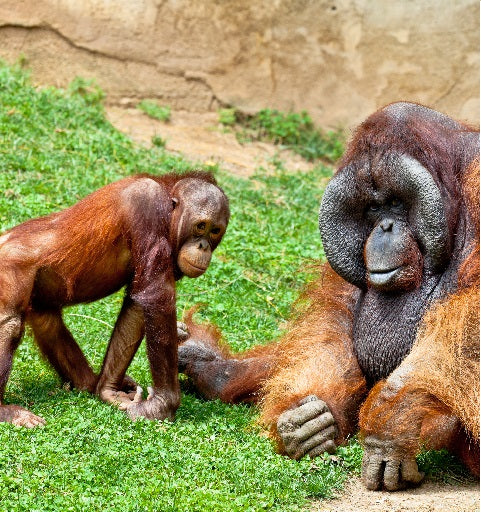
Orangutans are great apes native to the rainforests of Indonesia and Malaysia. Bornean, Sumatran and Tapanuli are the three species of orangutans . Sumatran orangutans are reported to have closer social bonds than their Bornean cousins. Bornean orangutans are more likely to descend from the trees to move around on the ground. Both species have experienced sharp population declines. A century ago there were probably more than 230,000 orangutans in total, but the Bornean orangutan is now estimated at about 104,700 based on updated geographic range (Endangered) and the Sumatran about 7,500 (Critically Endangered). With no more than 800 individuals in existence, the Tapanuli orangutan is the most endangered of all great apes.
Illegal logging inside protected areas and unsustainable logging in concessions where orangutans live remains a major threat to their survival. Today, more than 50% of orangutans are found outside protected areas in forests under management by timber, palm oil and mining companies.
Orangutan
Orangutans are great apes native to the rainforests of Indonesia and Malaysia. Bornean, Sumatran and Tapanuli are the three species of orangutans . Sumatran orangutans are reported to have closer social bonds than their Bornean cousins. Bornean orangutans are more likely to descend from the trees to move around on the ground. Both species have experienced sharp population declines. A century ago there were probably more than 230,000 orangutans in total, but the Bornean orangutan is now estimated at about 104,700 based on updated geographic range (Endangered) and the Sumatran about 7,500 (Critically Endangered). With no more than 800 individuals in existence, the Tapanuli orangutan is the most endangered of all great apes.
Illegal logging inside protected areas and unsustainable logging in concessions where orangutans live remains a major threat to their survival. Today, more than 50% of orangutans are found outside protected areas in forests under management by timber, palm oil and mining companies.

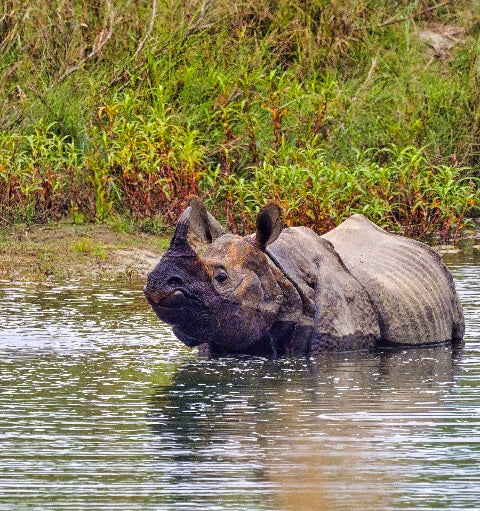
The Great one-horned rhino can be found in India and Nepal, particularly in the foothills of the Himalayas. In the past, Greater one-horned rhinos roamed freely in the floodplains and forests alongside the Brahmaputra, Ganges and Indus River valley. With strict protection from Indian and Nepalese wildlife authorities, Greater one-horned rhino numbers have recovered from under 200 last century to around 3,580 today. However, poaching has remained high, and the success is precarious without continued and increased support for conservation efforts in India and Nepal.
Habitat destruction and loss are further threats to the rhinoceros population. As Greater one-horned rhinos live in areas with very fertile soil, people use the same land for farming purposes. Conflicts between humans and animals are inevitable, and consequently damaging to the Greater one-horned rhino population.
One-horned rhino
The Great one-horned rhino can be found in India and Nepal, particularly in the foothills of the Himalayas. In the past, Greater one-horned rhinos roamed freely in the floodplains and forests alongside the Brahmaputra, Ganges and Indus River valley. With strict protection from Indian and Nepalese wildlife authorities, Greater one-horned rhino numbers have recovered from under 200 last century to around 3,580 today. However, poaching has remained high, and the success is precarious without continued and increased support for conservation efforts in India and Nepal.
Habitat destruction and loss are further threats to the rhinoceros population. As Greater one-horned rhinos live in areas with very fertile soil, people use the same land for farming purposes. Conflicts between humans and animals are inevitable, and consequently damaging to the Greater one-horned rhino population.

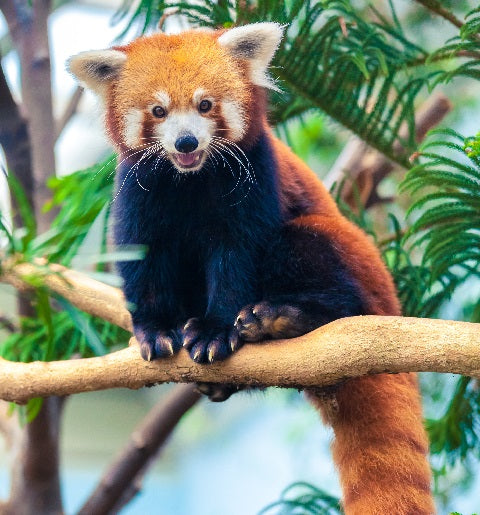
The red panda is slightly larger than a domestic cat with a bear-like body and thick russet fur. Red pandas are very skilful and acrobatic animals that predominantly stay in trees. Almost 50% of the red panda’s habitat is in the Eastern Himalayas. They use their long, bushy tails for balance and to cover themselves in winter, presumably for warmth. Primarily a herbivore, the name panda is said to come from the Nepali word ‘ponya,’ which means bamboo or plant eating animal.
Red pandas are endangered and are legally protected in India, Bhutan, China, Nepal and Myanmar. Their primary threats are habitat loss and degradation, human interference and poaching. Researchers believe that the total population of red pandas has declined by 40 percent over the past two decades.
Red Panda
The red panda is slightly larger than a domestic cat with a bear-like body and thick russet fur. Red pandas are very skilful and acrobatic animals that predominantly stay in trees. Almost 50% of the red panda’s habitat is in the Eastern Himalayas. They use their long, bushy tails for balance and to cover themselves in winter, presumably for warmth. Primarily a herbivore, the name panda is said to come from the Nepali word ‘ponya,’ which means bamboo or plant eating animal.
Red pandas are endangered and are legally protected in India, Bhutan, China, Nepal and Myanmar. Their primary threats are habitat loss and degradation, human interference and poaching. Researchers believe that the total population of red pandas has declined by 40 percent over the past two decades.

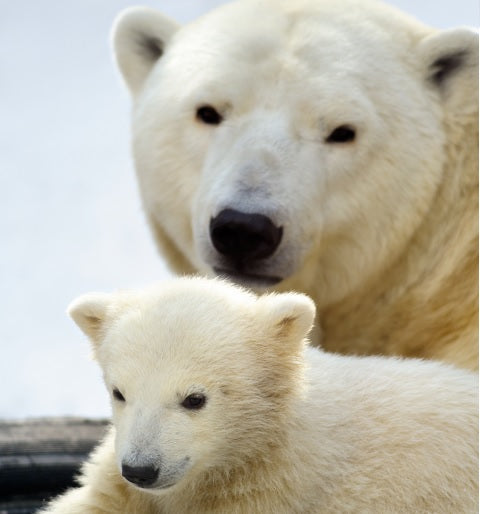
Polar Bear

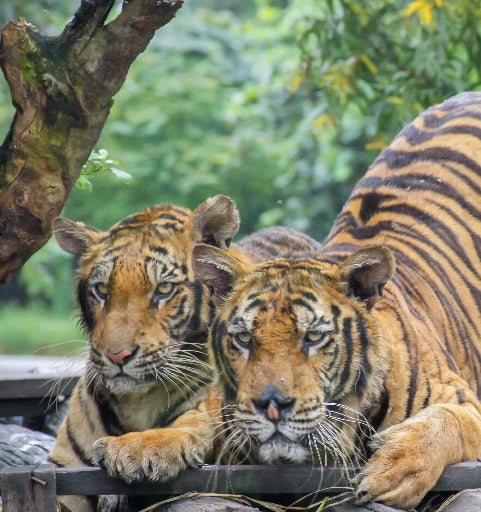
The largest of all the Asian big cats, tigers rely primarily on sight and sound rather than smell for hunting. Tigers generally gain independence at around two years of age and attain sexual maturity at age three or four for females and four or five years for males. Juvenile mortality is high, about half of all cubs do not survive more than two years. Tigers have been known to reach up to 20 years of age in the wild. Across their range, tigers face unrelenting pressures from poaching, retaliatory killings, and habitat loss. They are forced to compete for space with dense and often growing human populations. Since 2017, IUCN has recognized two tiger subspecies, commonly referred to as the continental tiger and the Sunda island tiger. All remaining island tigers are found only in Sumatra, with tigers in Java and Bali now extinct. These are popularly known as Sumatran tigers. The continental tigers currently include the Bengal, Malayan, Indochinese and Amur (Siberian) tiger populations, while the Caspian tiger is extinct in the wild. The South China tiger is believed to be functionally extinct.
Tiger
The largest of all the Asian big cats, tigers rely primarily on sight and sound rather than smell for hunting. Tigers generally gain independence at around two years of age and attain sexual maturity at age three or four for females and four or five years for males. Juvenile mortality is high, about half of all cubs do not survive more than two years. Tigers have been known to reach up to 20 years of age in the wild. Across their range, tigers face unrelenting pressures from poaching, retaliatory killings, and habitat loss. They are forced to compete for space with dense and often growing human populations. Since 2017, IUCN has recognized two tiger subspecies, commonly referred to as the continental tiger and the Sunda island tiger. All remaining island tigers are found only in Sumatra, with tigers in Java and Bali now extinct. These are popularly known as Sumatran tigers. The continental tigers currently include the Bengal, Malayan, Indochinese and Amur (Siberian) tiger populations, while the Caspian tiger is extinct in the wild. The South China tiger is believed to be functionally extinct.






